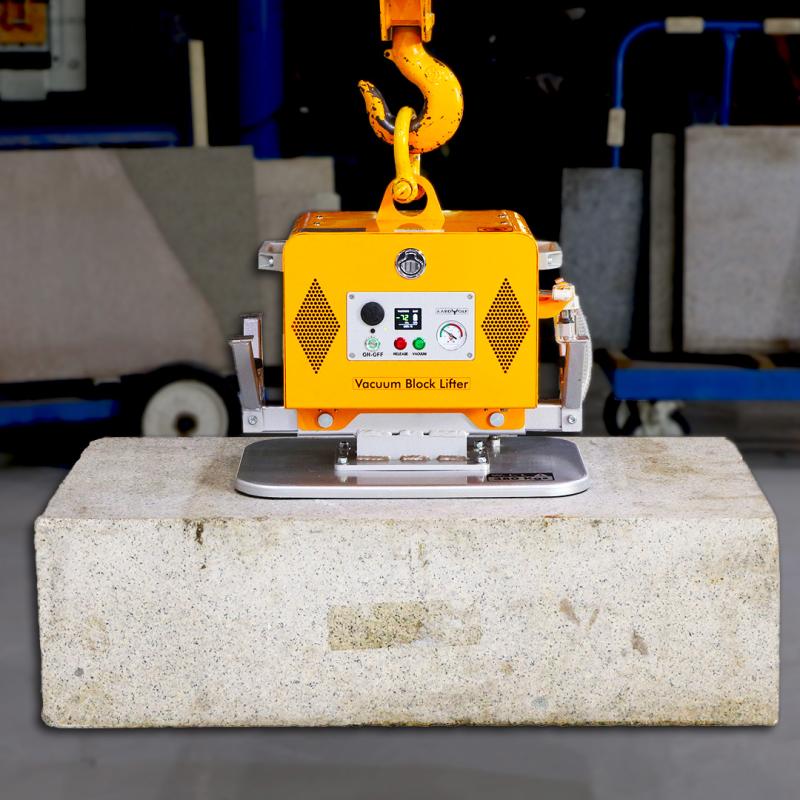



By synchronizing real-time equipment data—such as throughput rates, downtime alerts, and load weights—with inventory records, businesses can unlock new levels of operational efficiency, inventory accuracy, and customer satisfaction. This article draws on decades of experience, deep expertise, industry authoritativeness, and unwavering trustworthiness to explore best practices, common challenges, and proven solutions for integrating MHE data into broader inventory management ecosystems.
Enhancing Operational Efficiency
Integrating equipment telemetry—forklift cycle counts, conveyor speeds, and lift table positions—allows WMS software to optimize task assignments dynamically. Instead of waiting for manual updates, supervisors gain live visibility into equipment availability and can reroute jobs to underutilized assets. This can yield:
Real-Time Inventory Accuracy
When MHE devices like barcode-scanning pallet trucks or RFID-equipped lift tables report movements directly to your WMS, stock levels update instantly. This mitigates stock discrepancies and lowers the risk of stockouts or overstock situations, leading to improved order fulfillment metrics.
Elevated Customer Satisfaction
Real-time tracking of material flow translates into reliable delivery promises. With accurate, up-to-the-minute inventory data, businesses can:
For over 30 years, leading material handling companies have partnered with manufacturers and distributors to implement MHE–WMS integration projects. Our collective experience shows:
These success stories underscore the transformative power of data integration when guided by seasoned professionals with deep domain knowledge.
In scenarios where legacy SCADA or proprietary MHE controllers lack native WMS interfaces, middleware platforms—such as MuleSoft or Dell Boomi—act as translators, normalizing data formats and ensuring consistent communication.
Adherence to established guidelines enhances credibility:
Expert contributions, such as the LinkedIn discussion on How do you integrate MHE data with other inventory management systems?, highlight real-world challenges and solutions, lending further authority to best practices.
Ensuring Data Integrity and Privacy
Regulatory Compliance
Implementing thorough governance policies and compliance audits reassures stakeholders that your integration is both reliable and responsible.
Data Incompatibility and Legacy Systems
“Incompatibility and inconsistency of data formats, standards, and protocols among different MHE devices and IMS platforms can be a major obstacle.” — Prateek Shrivastava
Many facilities operate a mix of new and decades-old machines. Bridging proprietary control systems with modern WMS often requires custom drivers or edge-computing adapters.
Real-Time Update Demands
High-volume operations need sub-second refresh rates. Ensuring low-latency transmissions over congested networks can tax both IT infrastructure and MHE controllers.
Security and Privacy Risks
Exposing machine telemetry to external systems opens potential attack vectors. Without strong encryption and authentication, sensitive operational data could be compromised.
Adopt Standardized Protocols
Implement industry-recognized standards (RFID, MQTT, OPC UA) to minimize custom coding efforts and ensure future scalability.
Invest in Robust Middleware
Middleware solutions can translate, buffer, and prioritize data streams, maintaining uptime even when one system undergoes maintenance.
Enforce Data Governance
Cross-Functional Collaboration and Training
Regular workshops between IT, operations, and maintenance teams foster shared understanding. End-user training ensures front-line staff can respond to integration alerts effectively.
WMS–MHE Integration
Automate pallet movements and order allocations using integrated conveyor PLC triggers. Example: a conveyor’s “load complete” signal pushes bin-level updates directly to the WMS, prompting the next pick job automatically.
ERP–MHE Integration
Synchronize sales orders with material movements. When a new order enters the ERP, forklift controllers can pre-stage required pallets, reducing search time by up to 40%.
CRM–MHE Integration
Push delivery status updates from dock-level sensors to your customer-facing portal, enhancing transparency and trust.
Track these KPIs to assess ROI:
Continuous monitoring against these metrics enables data-driven refinement of both equipment usage and WMS rules.
By weaving these proven tools, protocols, and anchor-text resources into your integration roadmap, you’ll ensure that every piece of lifting equipment, from scissor lifter to vacuum lifter slab lifter, enhances both data fidelity and operational agility.
Reference
“How do you integrate MHE data with other inventory management systems?”
https://www.linkedin.com/advice/1/how-do-you-integrate-mhe-data-other
Sign up to receive the latest info on new Aardwolf products, special offers and more.
By signing up you agree to receive emails from Aardwolf with news, special offers, promotions and other information. You can unsubscribe at any time.